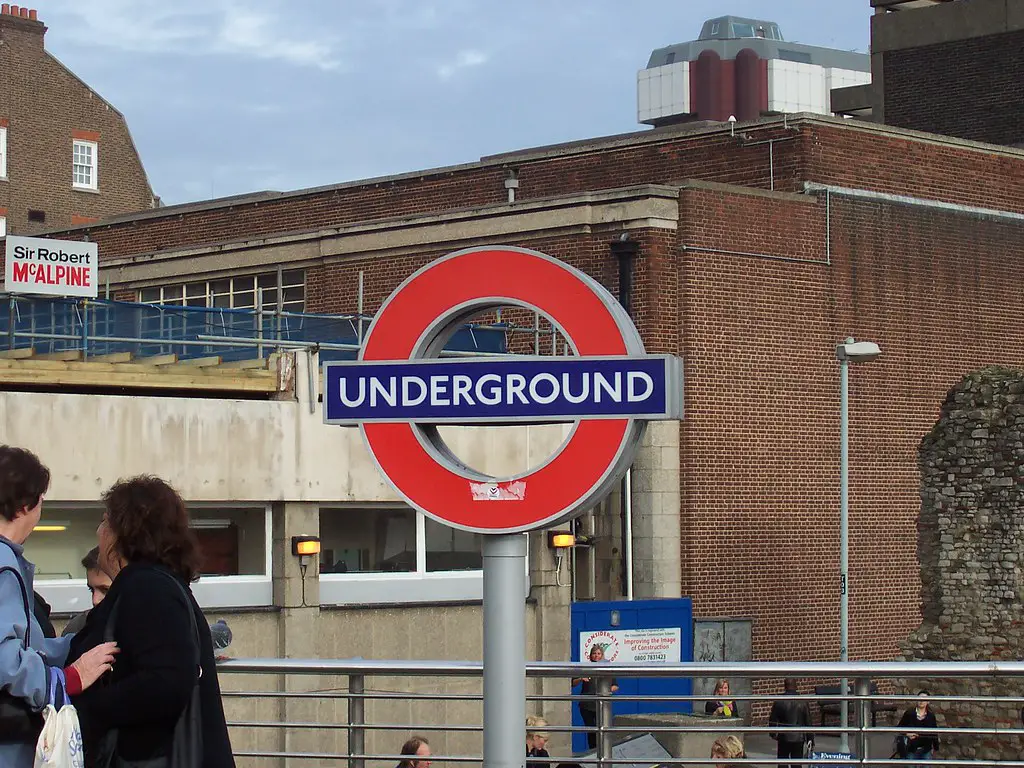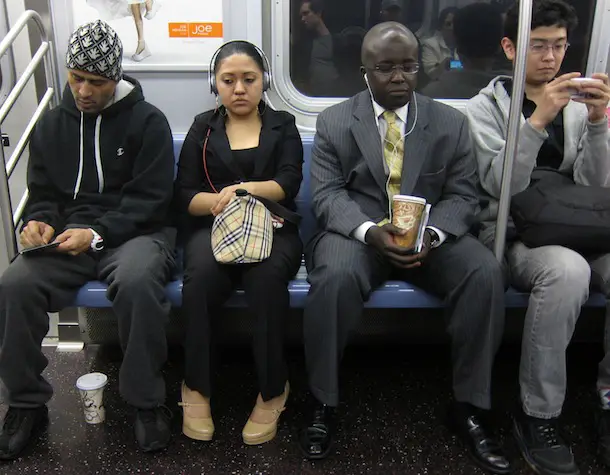Rickshaws are fast becoming a genuine transport alternative in many cities. A recent study by the World Resources Institute concluded that rickshaws, or pedicabs as they are also known, promote public transportation systems while reducing private motorization. Some of the direct benefits associated with rickshaw services include environmental benefits, public transport integration, road safety, and an improved city image. But beyond that, there are also social issues like employment conditions and user satisfaction that are not often approached. Despite some remaining questions, there is no doubt about one thing; pedi-caps are getting catchy as sustainability is getting cool.
In Bogotá, we have seen rickshaws amplify their coverage within the city every year despite being forbidden to do so. It seems there is a huge gap between what is going on in the real world and what is stated in the national transport regulation. This is a disconnect that needs to be bridged.
For the last 8 years, Bogotá’s rickshaws have strengthened their role as a feeder mode for public transport, largely in areas where there is no better way of getting around. A lack of feeder buses routes, deficient feeder buses services, or long walking distances have made pedicabs a convenient way to connect to the main TransMilenio system. Some morning and afternoon commuters prefer to travel on rickshaws as a complementary mode because it is more convenient, from a time savings perspective, though certainly more expensive than a regular TransMilenio feeder bus. With users willing to pay a little bit more for a faster journey, rickshaws are a perfect substitute for buses.
However, although Bogotá’s pedicabs industry has proven to be highly efficient, regulatory reforms at the national and local level have to be undertaken to make our public transportation more accessible and more attractive for daily commutes. To begin with, Bogotá needs to know how many rickshaws are operating in the city, where are they operating, the length of the routes they cover, how much employment they have created, how are levels of customer satisfaction, and how much users would be willing to pay if pedicabs were properly integrated with the TransMilenio system.
This is no small task, but without these changes conclusive figures and facts will remain missing, and a great opportunity for integration will be gone.
Andrés Jara-Moreno is a Political scientist specializing in international relations and conflict resolution.
Photo: random institute


